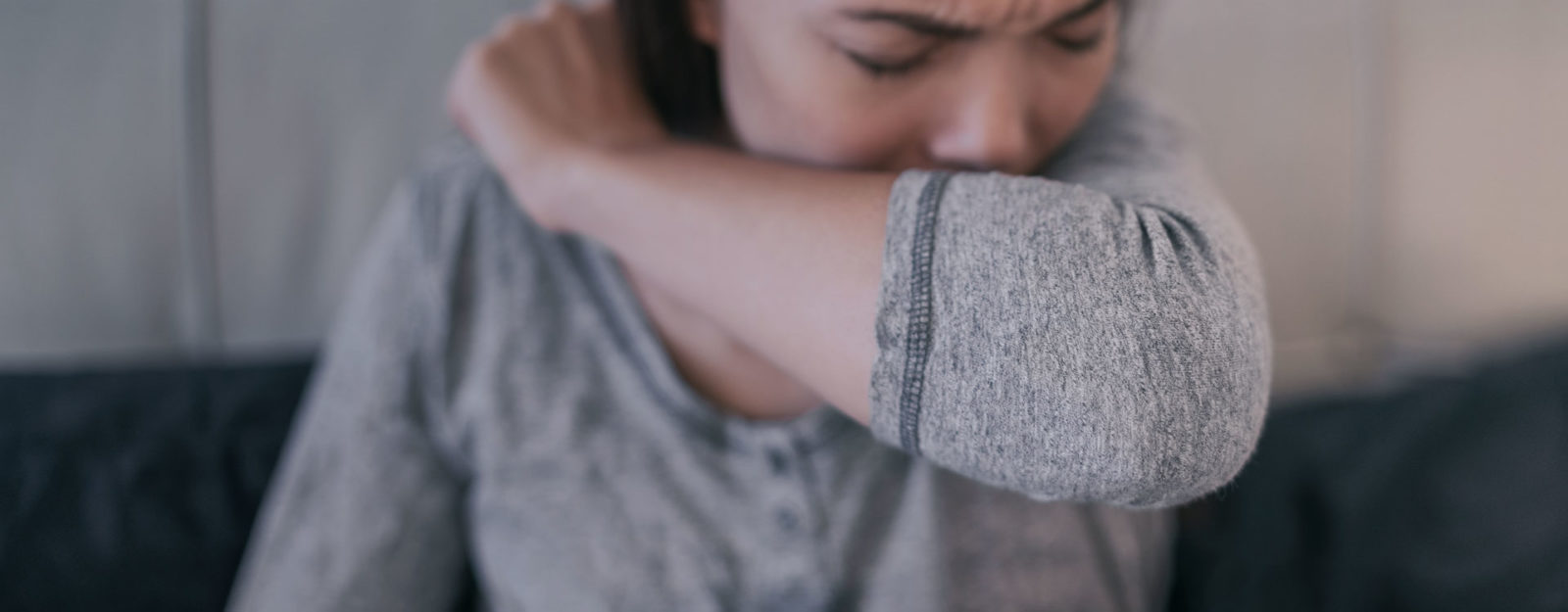
The most common Coronavirus symptoms include cough, fever, and shortness of breath. Depending on severity, these symptoms can lead to deconditioning, or a decline in function that occurs with prolonged inactivity and bed rest as your body struggles to recover. The general rule is “use it or lose it” but how quickly your fitness level declines depends on your original fitness level, your age, the length of inactivity time, and the reason for the inactivity. The better shape you are in prior to onset of an illness, the more quickly you will be able to return to that prior level of functioning.
Moderate to vigorous-intensity exercise has been shown to improve immune function, including your body’s responses to illness. Exercise is also known for its ability to reduce stress. When we are stressed, our bodies ability to fight off disease is reduced. There is current evidence that suggests that exercise can protect from many viral infections such as the flu and the common cold by boosting the immune system. While data does not currently exist regarding the specific effects of exercise on the Coronavirus or on preventing Coronavirus infection, exercise does have the potential to boost immune function to ward off illness.
PREVENTION IS KEY
Mild cases of coronavirus can take 1-2 weeks to recover from, but it takes about two weeks of physical inactivity to lose a significant amount (almost 25-30%!) of strength and endurance. Reconditioning, or regaining strength and function, can often take twice as long as the period of deconditioning. Given that the better shape you are starting from if you acquire an illness, you can likely reduce the reconditioning period. If you were active prior to illness, your body has muscle memory and can respond more quickly to strength/endurance training than previously unused muscles.
One of the greatest risks of Coronavirus infection is exposure. We need to find ways to stay active while also reducing our exposure risk. Therapists can help to keep you moving, to boost your immune system, and to possibly speed recovery times if you do become infected. We can further reduce your risk by providing a wellness and prevention program via telehealth.
Physical and Occupational Therapists can help improve your current function and strength/endurance levels. Your therapist will perform a thorough evaluation to determine your specific needs and develop a wellness and prevention program tailored specifically to you! Depending on your specific impairments and functional limitations, the goals of therapy will likely include:
Contact your local clinic today for information on scheduling an in-person evaluation or an evaluation via telehealth to help boost your immunity and activity level through individualized exercise prescription.
Written by Jennifer Cazeaux, PT, DPT, OCS, Doctor of Physical Therapy, Orthopedic Clinical Specialist

Notifications